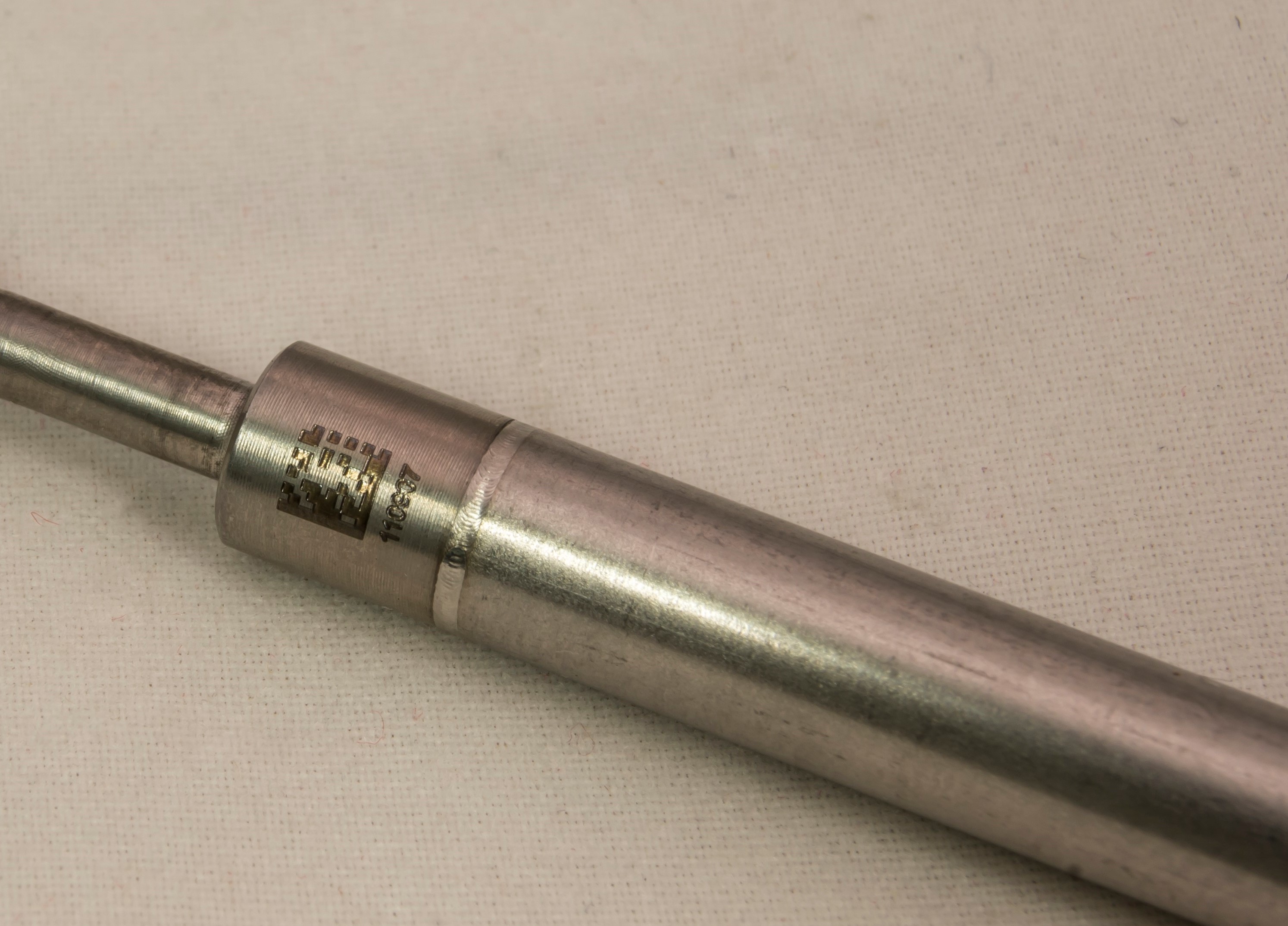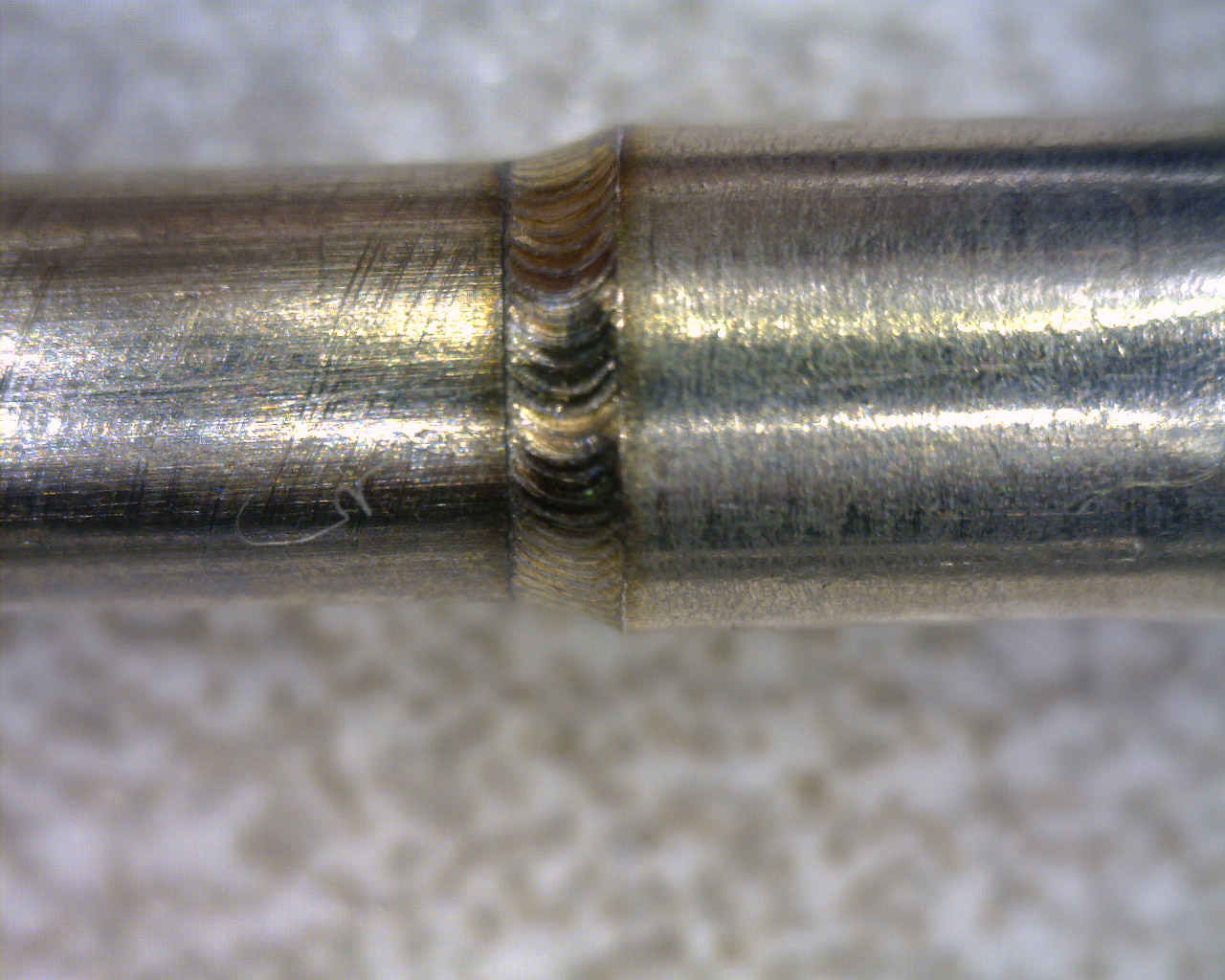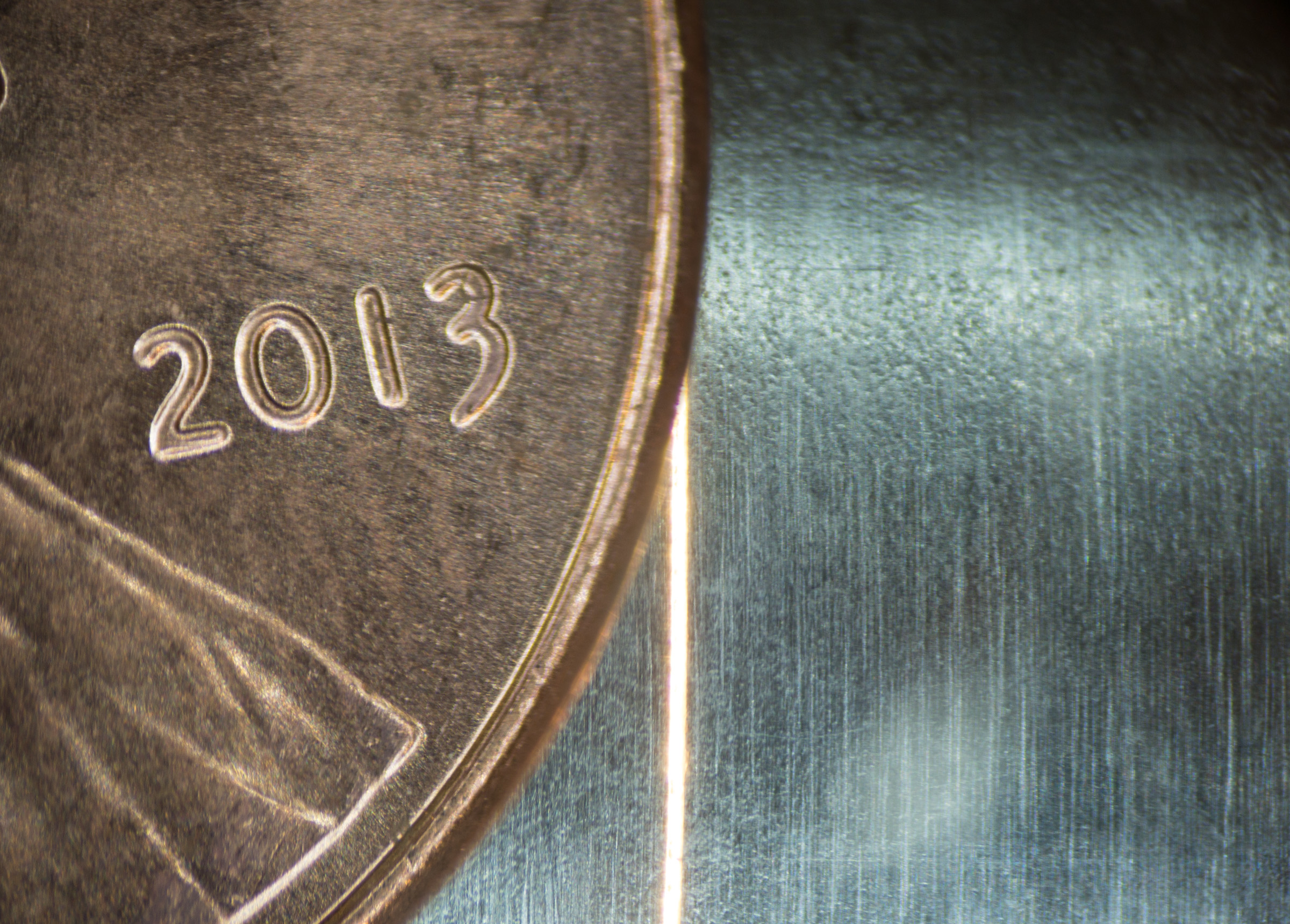Application Description: A customer recently came to us with an application that involved placing descriptive images on a selector switch. The current process uses a pad printer. The issues observed were consistency of the paint as well as the paint being able to wear off over time (or with solvents inadvertently) with typical use. We were asked to create samples to increase consistency as well as create a permanent mark.
Solution Description: With the specific type of plastic, we were able to use our FRG-20 – 20 watt fiber laser in order to create a white mark on the contrasting black material. The fiber laser was able to create a mark that is within a few microns from mark to mark. The fiber laser alters the existing material therefore creates a permanent mark that does not need dry time or cure time resulting in a part that is able to be handled immediately after the mark has been placed.
The customer is now enjoying a faster cycle time as well as a sharp consistent mark that will not rub off over time with typical use.
With the advantage of the laser’s constant repeatability and consistency, there can be a significant cost reduction in the overall process. Eliminating tools that can dull, break or are consumed like electrodes, the non-contact advantage of laser energy offers a solution like no other.
In the realm of the thinner gages of metals, the process of high precision drilling, cutting, welding, and etching need to be fully examined. Cuts may be so clean and undistorted that follow on processing may also be eliminated. Furthermore, the size of the cut or kerf can be as small as a few thousands of an inch, meaning virtually no scrap, or precision just not available with contact type tooling.
While the above may sound like the perfect panacea process for everyone, there are some factors that need to be considered in the decision. A few of the most significant may include:
- The proper cost justification, weighing in options such as initial costs, volume or variety of product processed, elimination of other costs such as conventional tooling, scrap or other labor.
- In applications like welding or fusing, since there is rarely a filler material added in the process, consistency of the incoming components is important and needs to be understood.
- In some cases there could be undesirable fumes generated that need to be understood and the best and most cost effective way to address.
- Overall cycle time and throughput. For example, lasers most likely will not replace high-speed stamping, but if flexibility is needed and changeover time is significant, the scales can tip accordingly.
The Automated Laser Team would like to help you make the right decision to keep you leading the competition. We can assist in the discussion, providing samples or any other facet of your specification where we can help.
Give us a call, we are looking forward to hearing from you!


